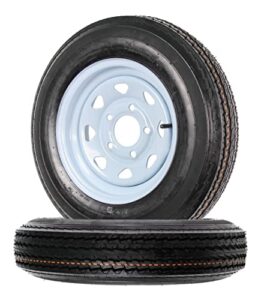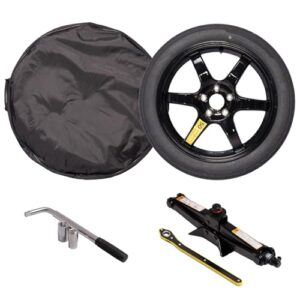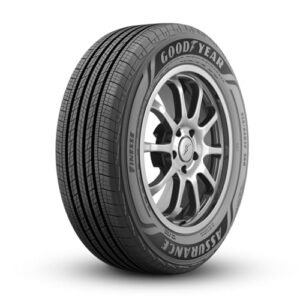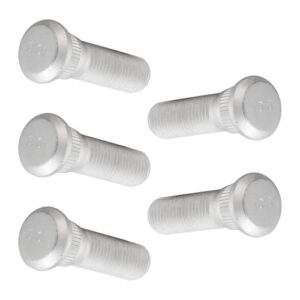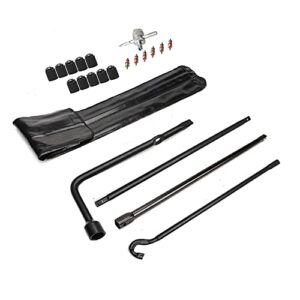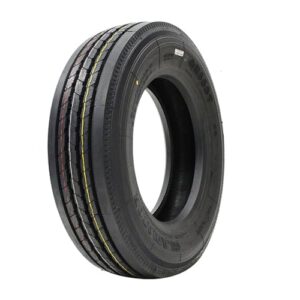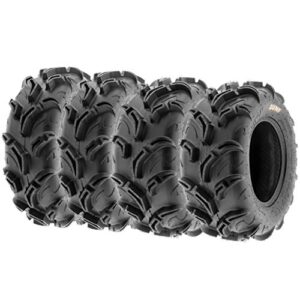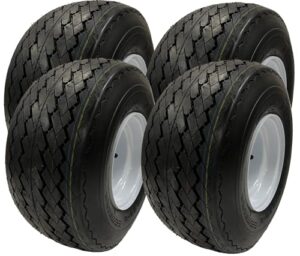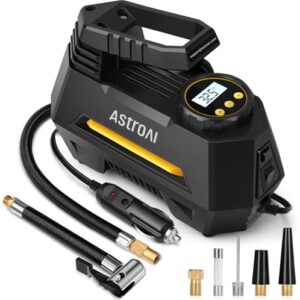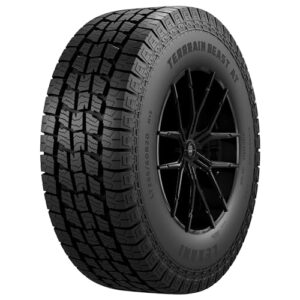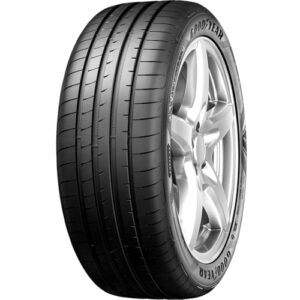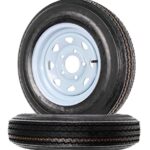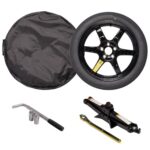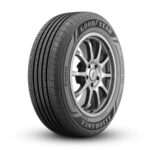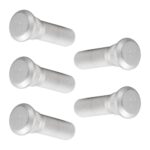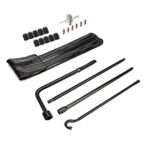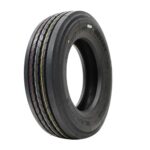Checking for uneven tire wear is crucial for your car’s safety. It can prevent accidents and save money on repairs.
Uneven tire wear can indicate problems with your vehicle’s alignment, suspension, or tire pressure. Ignoring these signs can lead to bigger issues down the road. By regularly inspecting your tires, you can catch these problems early. This helps you maintain a smoother ride and extend the life of your tires.
In this guide, we will explain how to check for uneven tire wear. Learn to spot common signs and understand what they mean. This will help you address issues before they become costly. Keep reading to ensure your tires are in top shape for every journey.
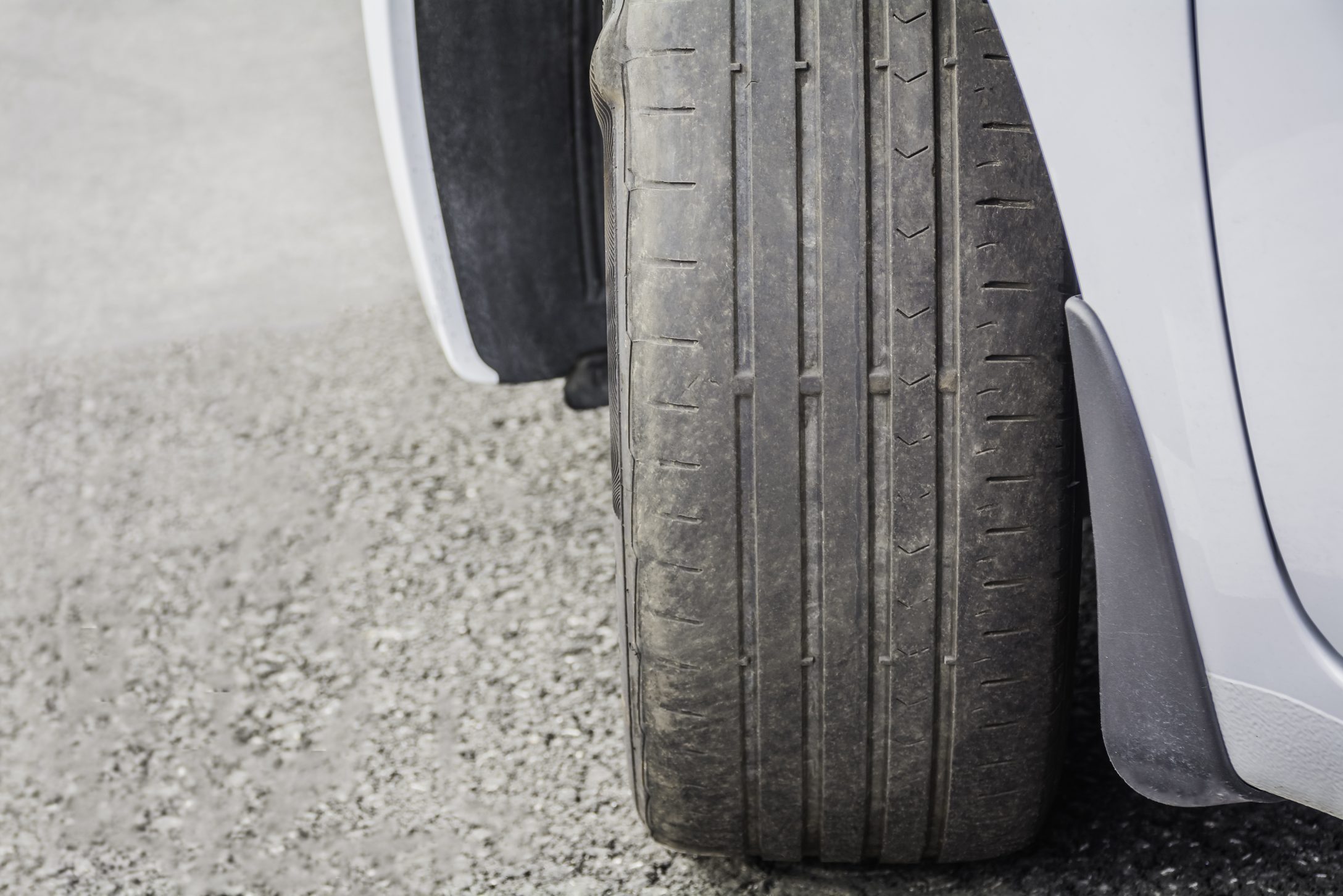
Identifying Signs Of Uneven Tire Wear
Uneven tire wear can lead to various problems. It affects your vehicle’s performance and safety. Identifying signs of uneven tire wear early can help you avoid these issues. Regular checks can help you spot problems before they become severe.
Visual Inspection
Begin by examining each tire closely. Look for any irregular patterns on the tire surface. Check for balding spots, which indicate more wear in certain areas. Notice any cracks or bulges. These can signal deeper issues within the tire.
Pay attention to the tire edges. Wear on just one edge might indicate alignment issues. If both edges are worn, your tires might be underinflated. A closer look can reveal a lot.
Tread Depth Measurement
Use a tread depth gauge for accurate measurements. Insert the gauge into several tread grooves. Compare the readings to see if any areas are more worn. Uneven tread depth can indicate suspension or alignment issues.
Check the depth regularly. Tires with less than 2/32 inches of tread are unsafe. Consistent measurements can help you track wear over time. This can help you maintain proper tire health.
Common Causes Of Uneven Tire Wear
Uneven tire wear is a common issue that can affect your driving experience and vehicle safety. Understanding the causes can help you take preventive measures. Here, we discuss the most common causes of uneven tire wear.
Improper Wheel Alignment
Improper wheel alignment can cause tires to wear unevenly. When wheels are not aligned correctly, they do not make proper contact with the road. This results in uneven tire wear. Signs of misalignment include the vehicle pulling to one side or a crooked steering wheel. Regular alignment checks can help avoid this issue.
Incorrect Tire Pressure
Incorrect tire pressure is another leading cause of uneven tire wear. Overinflated or underinflated tires do not distribute weight evenly. This leads to rapid wear on certain parts of the tire. Check your tire pressure monthly. Use a reliable gauge to ensure they meet the manufacturer’s recommended levels. Proper tire pressure extends tire life and improves fuel efficiency.
Tools Needed For Inspection
Checking for uneven tire wear requires some basic tools. These tools help you inspect and measure the condition of your tires. Having the right tools ensures accurate results and keeps your vehicle safe.
Tire Tread Gauge
A tire tread gauge is essential. It measures the depth of your tire tread. Insert the gauge into the tread grooves. Read the measurement. This tells you if the tread is too low. Low tread can cause poor traction. Replace tires if the tread is too low.
Flashlight
A flashlight helps you see details. Shine the light on the tire surface. Look for uneven wear patterns. Check for cuts, cracks, or bulges. Good visibility helps you catch issues early. This keeps your tires in good shape.
Step-by-step Tire Inspection Process
Regular tire inspections are crucial for maintaining vehicle safety and performance. Uneven tire wear can indicate underlying issues with your car. Follow this step-by-step tire inspection process to check for uneven tire wear.
Check For Tread Patterns
Start by examining the tread patterns on all four tires. Use a tread depth gauge or a simple penny test. Insert the penny into the tread groove with Lincoln’s head facing down. If you can see the top of Lincoln’s head, your tread is too worn. Look for signs of wear on the inner and outer edges of the tire. Uneven tread wear can indicate misalignment or improper inflation.
Inspect Sidewalls
Next, inspect the sidewalls of each tire. Look for cuts, bulges, or cracks. These can weaken the tire and lead to a blowout. Pay attention to any unusual wear patterns on the sidewall. This can be a sign of underinflation or overloading. Check for any foreign objects lodged in the tire. Remove any debris carefully to avoid further damage.
By following these steps, you can easily identify issues with uneven tire wear. Regular inspections help maintain your car’s safety and extend the life of your tires.
Understanding Tread Wear Patterns
Tires are vital for vehicle safety and performance. Uneven tire wear can lead to various issues, from poor handling to decreased fuel efficiency. Knowing how to identify different tread wear patterns can help you address problems early. Below, we explore two common types of tread wear patterns: Feathering and Cupping.
Feathering
Feathering happens when the edge of each tread rib develops a slightly rounded edge on one side and a sharp edge on the other. This uneven wear can cause the tire to feel smooth in one direction and rough in another. Feathering usually results from improper alignment settings.
Signs of Feathering:
- Uneven, smooth, and sharp edges on tire treads
- Increased road noise
- Vibrations while driving
Causes of Feathering:
- Incorrect toe settings
- Worn suspension parts
- Poor wheel alignment
Cupping
Cupping, also known as scalloping, appears as a series of high and low points around the tread. This type of wear often looks like small dips or craters on the tire surface. Cupping usually stems from issues with the suspension system.
Signs of Cupping:
- Irregular dips around the tire tread
- Noticeable bouncing or shaking
- Louder than usual road noise
Causes of Cupping:
- Worn out shock absorbers
- Unbalanced tires
- Loose or damaged suspension parts
Monitoring your tires for these wear patterns can help you catch problems early. Regular tire inspections and maintenance can extend the life of your tires and improve your driving experience.

Preventive Measures For Even Tire Wear
Preventive measures play a crucial role in ensuring even tire wear. Implementing these measures can extend the life of your tires. It also improves the safety and performance of your vehicle.
Regular Tire Rotation
Rotating your tires regularly is key to even wear. Each tire wears differently based on its position on the vehicle. By rotating them, you ensure that all tires wear evenly. This practice can prevent uneven wear patterns and prolong tire life. Check your vehicle’s manual for the recommended rotation schedule.
Proper Inflation
Keeping your tires properly inflated is essential. Underinflated tires can cause uneven wear on the edges. Overinflated tires wear more in the center. Both conditions can lead to premature tire replacement. Use a tire pressure gauge to check the pressure at least once a month. Adjust the pressure according to the manufacturer’s recommendations.
When To Seek Professional Help
Uneven tire wear can indicate alignment or suspension issues. Seek professional help if you notice bald spots, excessive wear on one side, or vibrations while driving. Early intervention ensures safety and prolongs tire life.
Sometimes, checking for uneven tire wear can be tricky. You might spot some signs but not know their severity. In such cases, seeking professional help is wise. Experts can provide detailed diagnostics and solutions.
Signs Of Severe Wear
Severe wear often shows through deep cracks or bulges. If you see any wires or cords, it’s a serious issue. Irregular tread patterns can also indicate a bigger problem. Such signs usually mean that a professional should inspect your tires.
Expert Diagnostics
Professional mechanics use advanced tools to check tire wear. They can measure tread depth accurately. They also assess the tire’s overall condition. With their expertise, they can identify issues you might miss. Trusting a professional can ensure your safety on the road.
“`
Maintaining Tire Health
Maintaining tire health is crucial for safe driving. Regular checks can prevent uneven tire wear and extend tire life. By keeping tires in good condition, you ensure better performance and fuel efficiency. This section will guide you on how to check for uneven tire wear.
Routine Inspections
Perform routine inspections to identify uneven tire wear early. Check your tires visually every month. Look for signs of tread wear or damage. Uneven wear patterns can indicate alignment issues or improper inflation. A quick inspection can catch problems before they worsen.
Use a tire pressure gauge to check inflation levels. Underinflated or overinflated tires wear out faster. Keep tires at the manufacturer’s recommended pressure. This practice ensures even wear and better handling. Rotate your tires every 6,000 to 8,000 miles for balanced wear.
Scheduled Maintenance
Scheduled maintenance is key to maintaining tire health. Align your wheels at least once a year. Proper alignment prevents uneven wear and improves vehicle stability. Balancing your tires during rotations also helps. Balanced tires wear evenly and provide a smoother ride.
Check your suspension system during maintenance visits. Worn-out suspension parts can cause uneven tire wear. Replace any damaged components to keep your tires in good shape. Regular maintenance keeps your vehicle running smoothly and your tires wearing evenly.
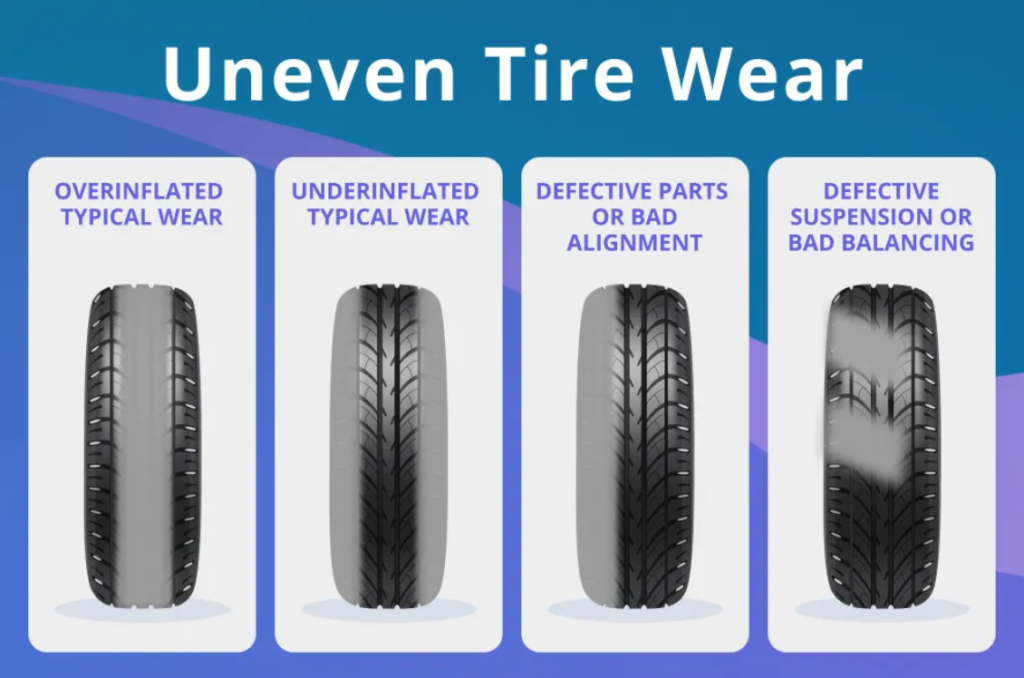
Frequently Asked Questions
What Causes Uneven Tire Wear?
Uneven tire wear is caused by improper alignment, unbalanced tires, or worn suspension components. Regular maintenance can prevent this.
How Can I Identify Uneven Tire Wear?
Look for tread depth variations, bald spots, or feathering on the tire surface. These signs indicate uneven wear.
How Often Should I Check Tire Wear?
Check your tire wear every month or before long trips. Regular inspections ensure safety and extend tire life.
Can Tire Rotation Prevent Uneven Wear?
Yes, rotating your tires every 5,000 to 8,000 miles helps distribute wear evenly, prolonging tire life.
Conclusion
Regularly checking for uneven tire wear is crucial for safe driving. It helps you spot issues early. This saves money and prevents accidents. Follow the steps outlined in this guide. Examine your tires often. Look for unusual patterns. Take action quickly if you notice anything wrong.
Proper tire care extends their lifespan. It also ensures a smoother ride. Don’t neglect this simple maintenance task. Your safety depends on it.




